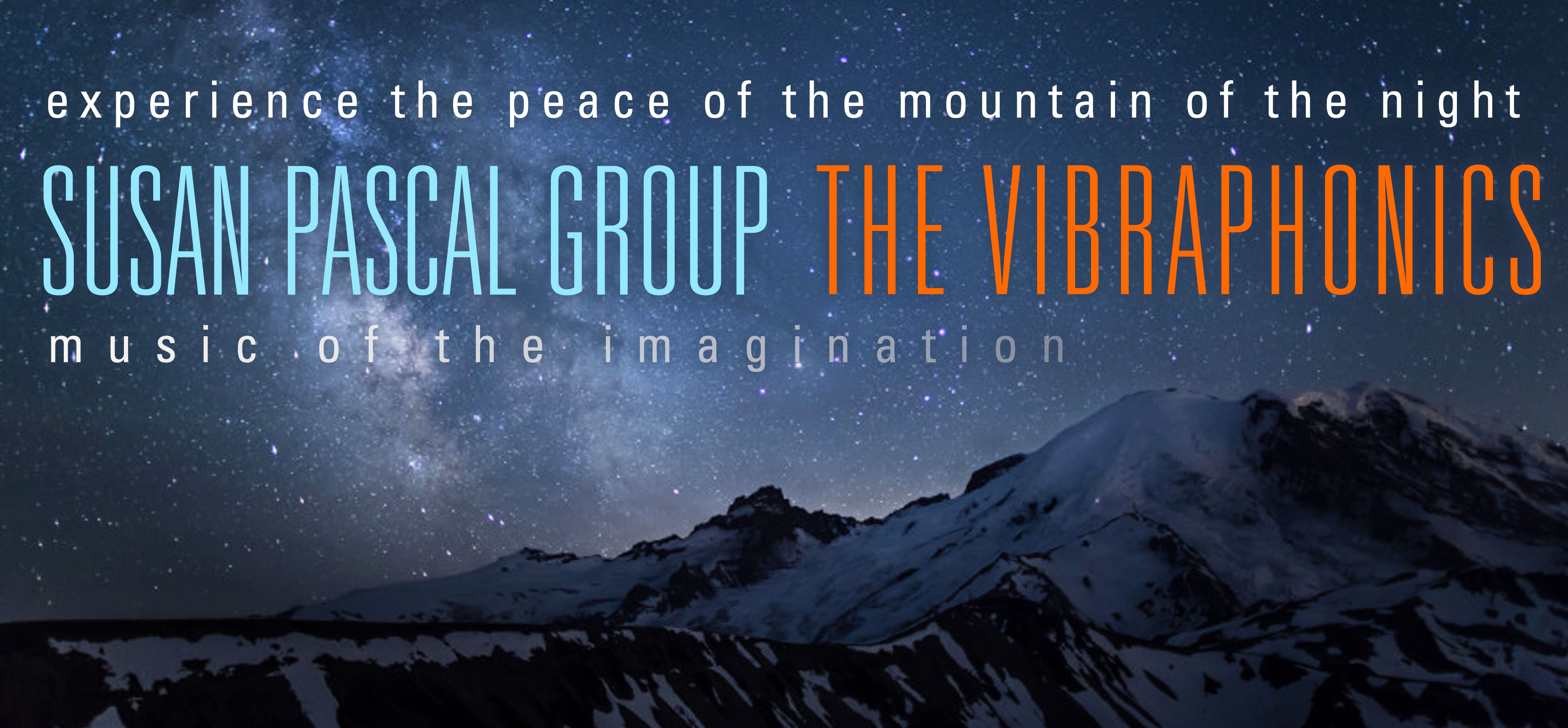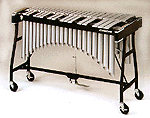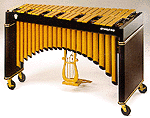 |
|||
|
ABOUT THE VIBES The vibraphone; click images below for larger views. Vibraphone, vibraharp, and vibes: these are all names for the same instrument. It's played with yarn-wound mallets, and evolved from other "mallet instruments" which include the... During the 1920's vaudeville era, the xylophone was a fixture in the show percussionist's instrument arsenal. Vaudeville shows called for plenty of sound effects, and the J.C. Deagan company capitalized on this by inventing new musical novelties. Among other creations, they developed the... Steel Marimba, which was, as you might guess, a marimba with steel bars instead of wood bars. (This instrument had a short life.) They then went a few steps further, developing the... The vibraharp was used by NBC, for chime notes to mark radio intermission signals. Lionel Hampton played the xylophone, and in 1930 he was recording with Louis Armstrong in an NBC studio where there was a vibraharp. They tried Lionel on the new vibraharp for their recording of the song, Memories of You, the first time jazz was recorded on the instrument. Vibraphone is the trade name for an equivalent instrument produced by the Musser company, a J.C. Deagan competitor. Vibes, an abbreviation for vibraphone or vibraharp, is now in common use. More Info
|
|||
©2023 Susan Pascal |
|||



